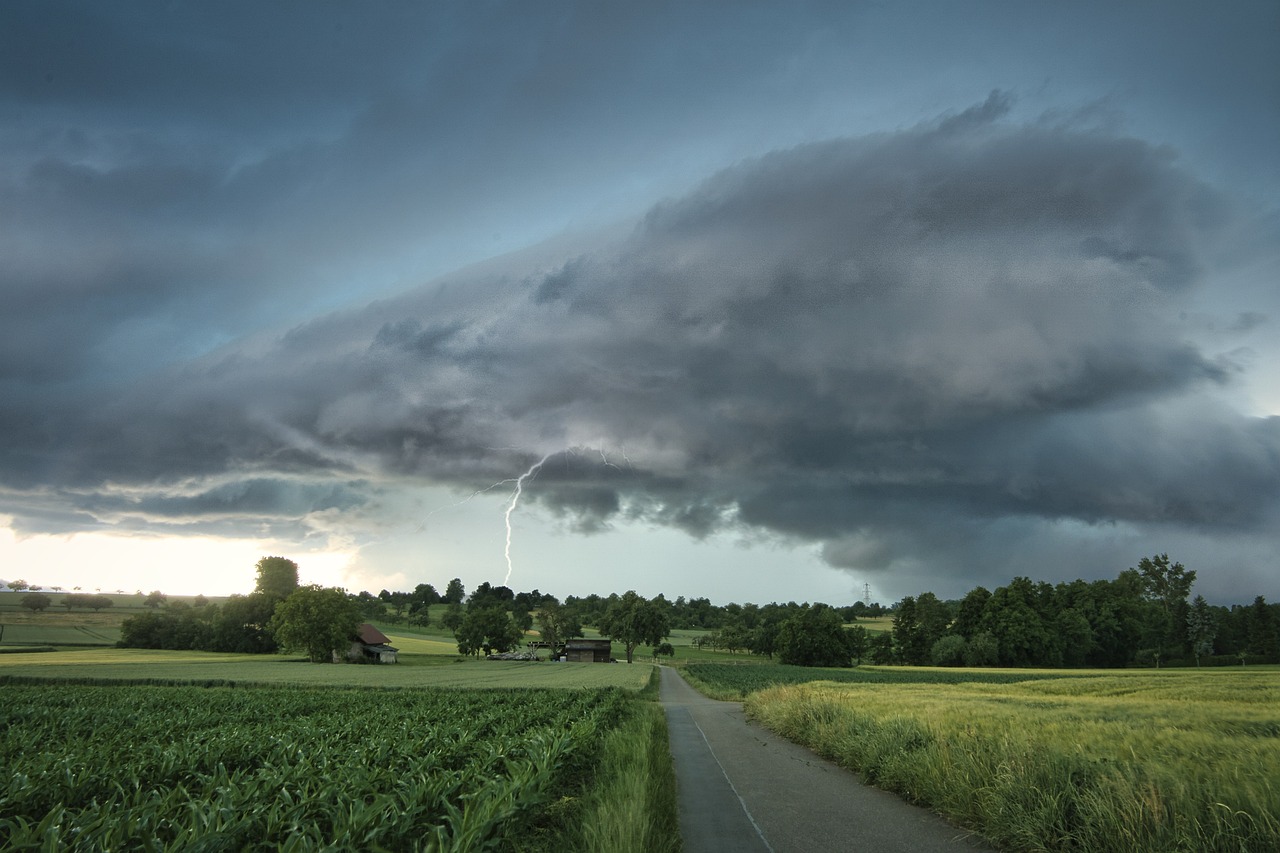In recent weeks, India has experienced severe weather events, including heavy rains, thunderstorms, and hailstorms, leading to extensive damage to crops and agricultural commodities across the country.
The intense rainfall has severely impacted rabi crops, particularly wheat, gram, and mustard, which were ready for harvest. The lack of adequate storage facilities exacerbated the situation, as harvested crops were submerged underwater.
These weather disruptions are likely to drive up food prices, which were already volatile. Food prices, which constitute nearly 40% of the Consumer Price Index (CPI) basket, surged in early 2022 before stabilizing. However, they have been climbing again and are now just below 6%.
According to CRISIL analysts, inflation might ease next fiscal year due to lower fuel and core inflation. Yet, weather-related disruptions and abnormal monsoons pose significant risks to food prices, impacting overall inflation.

Rural India, heavily reliant on agriculture, has experienced modest growth due to high agricultural prices. However, challenges such as heatwaves and potential El Niño conditions could affect crop yields.
Additionally, rising borrowing costs are expected to further strain farmers, with the repo rate currently at 6.5%, exceeding the Reserve Bank of India’s upper tolerance limit. This tightening monetary policy may dampen economic growth and affect daily life.
Weather patterns in India are unpredictable. Last year’s monsoon was deemed normal, but this year, heatwaves and potential El Niño or La Niña conditions could lead to significant rainfall deficits.
Professor Raghu Murtugudde from IIT Bombay suggests that if El Niño occurs following La Niña, it could result in a 15% rainfall deficit.
The India Meteorological Department forecasts below-normal precipitation for most regions, with above-normal precipitation in some areas. These weather patterns will heavily influence food prices and inflation in the coming months.

